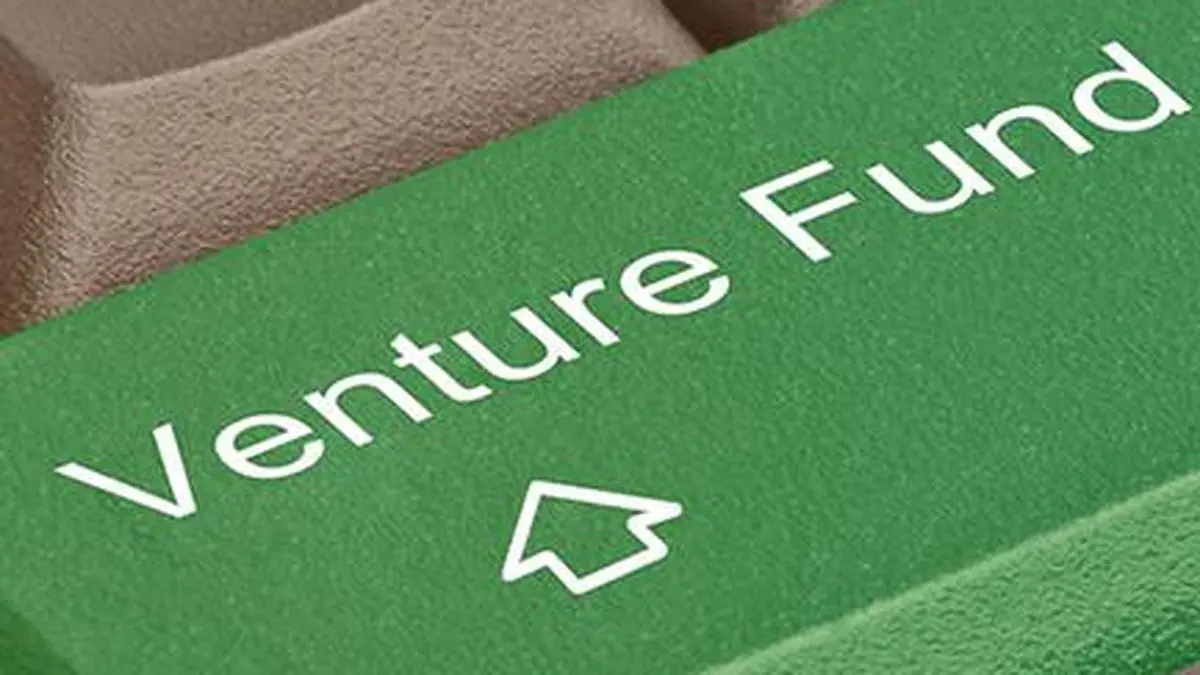Fast growth in India’s two-wheeler electric vehicle (EV) market has prompted global major Honda to enter via its local arm, Honda Motorcycles & Scooters India (HMSI). HMSI plans to launch 10 EV models in India, including two this fiscal. Honda’s entry will lead to even hotter competition in a segment that already has 15 players.
While India’s overall two-wheeler market has stagnated for many years, EV penetration has risen. In FY23, there were total sales of 15.8 million two-wheelers (including motorcycles, scooters and mopeds). Although that’s 17% higher than the 13.47 lakh units sold in FY22, it’s well below pre-covid levels. India’s domestic two-wheeler sales exceeded 16 million as far back as FY16, and hit a peak of 21.18 million units in FY19.
The EV segment has done well, however. Total EV two-wheeler sales hit 8.46 lakh in FY23, growing 158% from 3.27 lakh in FY22. The high-speed segment (top speeds above 25 kmph) saw 7.28 lakh units sold. That’s penetration of over 5%.
The leading EV players are Ola Electric (21% market share in FY23 with 1.52 lakh units), Okinawa (13%), Hero Electric (12%) Ampere (12%), TVS (11%), Ather (11%) and Bajaj (4%). Given HMSI’s brand recognition, extant network and grasp of EV technology, it could make fast inroads. HMSI is targeting 15-20% market share by 2030.
Everyone is assuming very fast growth. The Economic Survey of January 2023 projected that the overall domestic EV market will cross 10 million (1 crore) units in annual sales by 2030, up from 1.15 million in FY23. However, market analysts say annual sales of two-wheeler EVs could hit 22 million by 2030, given 80% penetration of the two-wheeler market, implying a total of 27.5 million two-wheelers sold in 2030. If these projections are anywhere near realistic, the Economic Survey is a massive underestimate.
Extrapolating from current growth rates, 10% EV penetration in two-wheelers could easily happen by FY25. This implies large expansions in manufacturing capacity. Ola already has around 20 lakh (two million) two-wheeler capacity and says it intends to push this to 1 crore (10 million) in phases. TVS has three lakh capacity and intends to double this in FY23. Hero Electric is looking at the 20 lakh mark. Honda could look to launch with a million-plus in EV capacity.
This is a very price-sensitive market, with 99% of purchases via EMIs. Ola effected price cuts in Q4 and its market share increased to 26%. But TVS’s market share also rose, to 18%, while Ather’s market share came in above 14%.
Tax breaks and subsidies make EVs more affordable but internal combustion engine (ICE) vehicles are cheaper, ex-showroom. The EV’s USP is lower running costs and cheaper maintenance. FAME-II subsidies, which reduce EV prices, are due to end by March 2024. If these are not extended, the ex-showroom prices of EVs would shoot up by anywhere from 25% to 35% and this would hurt sales.
Apart from price and hassle-free loans, EV users are concerned about range (which depends on battery capacity), easy charging, good service networks and so on. Hence, manufacturers need to build service infrastructure and relationships with financiers. Here, traditional companies may have an apparent edge due to their existing networks of dealers, strong relationships with lenders, and experience in customer-facing services.
To some extent, manufacturers can cut prices through economies of scale. Ola has achieved enough scale to do so and thus gain market share in a price war. So, while most members of the Society of Manufacturers of Electric Vehicles (SMEV) want FAME-II extended, Ola Electric co-founder Bhavish Aggarwal suggests that subsidies should be phased out once EVs hit double-digit penetration.
Another concern is “range anxiety”. A widespread charging ecosystem is being rolled out but charging takes time, even at home. That has led to debates about the desirability of fixed batteries versus swaps, which could be quicker. Most players are focussed on fixed battery tech because swap infrastructure is expensive. Honda however, is interested in swaps and says it will build a swap ecosystem and offer some EV models with swappable batteries.
The entry of a global leader with deep pockets and flexible technology will offer consumers more choices. The current players will have to raise their respective games. Right now, it is advantage Ola but Ola Electric’s market leadership is already being challenged. It could be overtaken by traditional players as the market grows.
But if the market expands to, say, 10 times the current size, it would be impossible to predict the long-term winners by looking at current market shares.
Download The Mint News App to get Daily Market Updates.
More
Less















